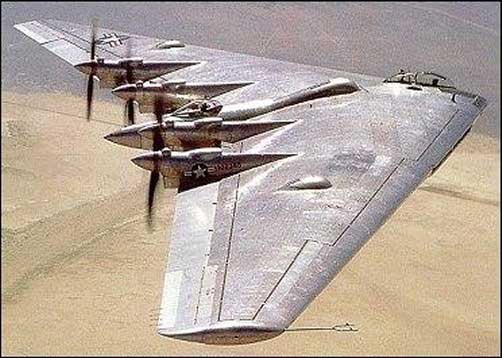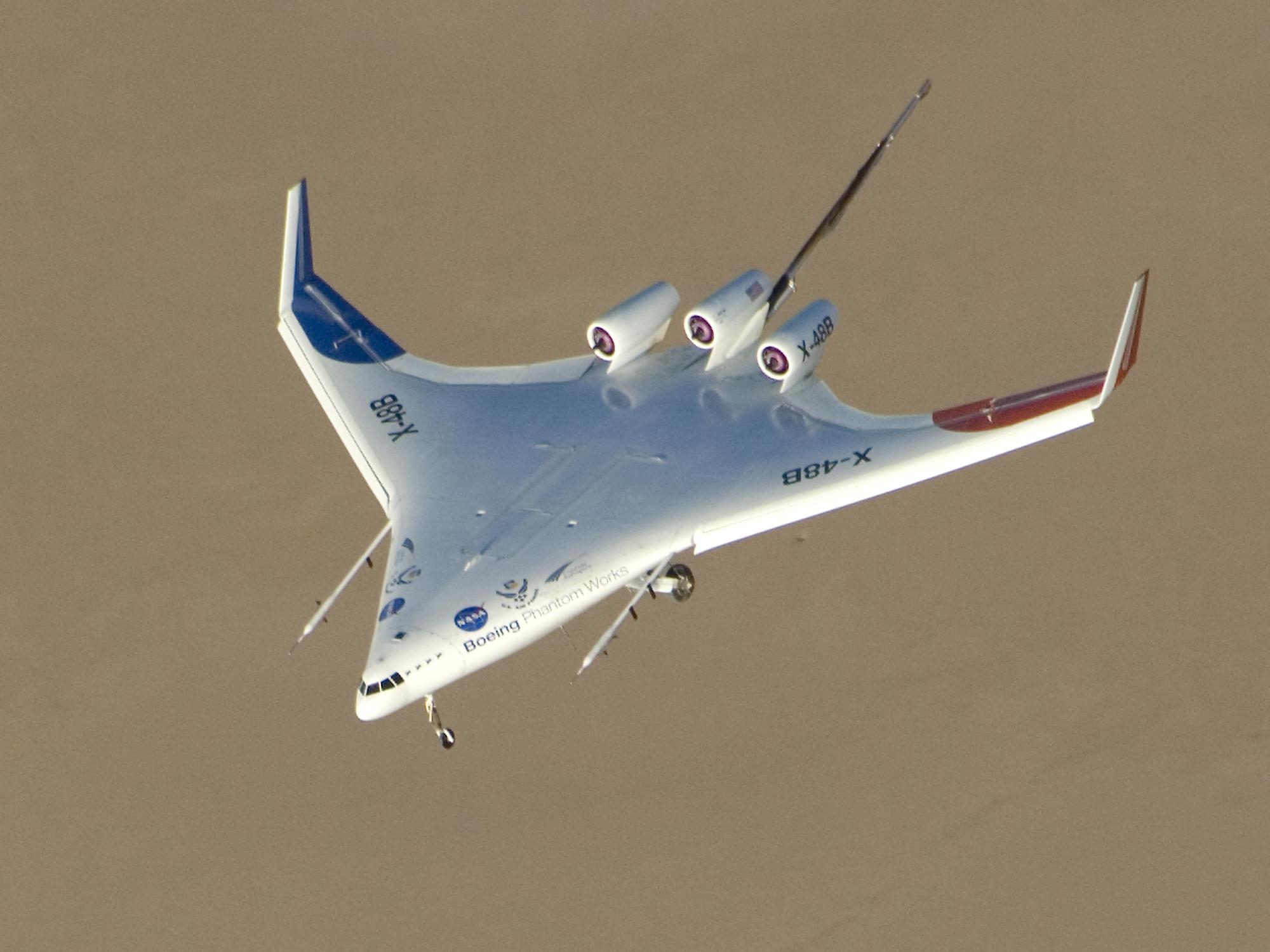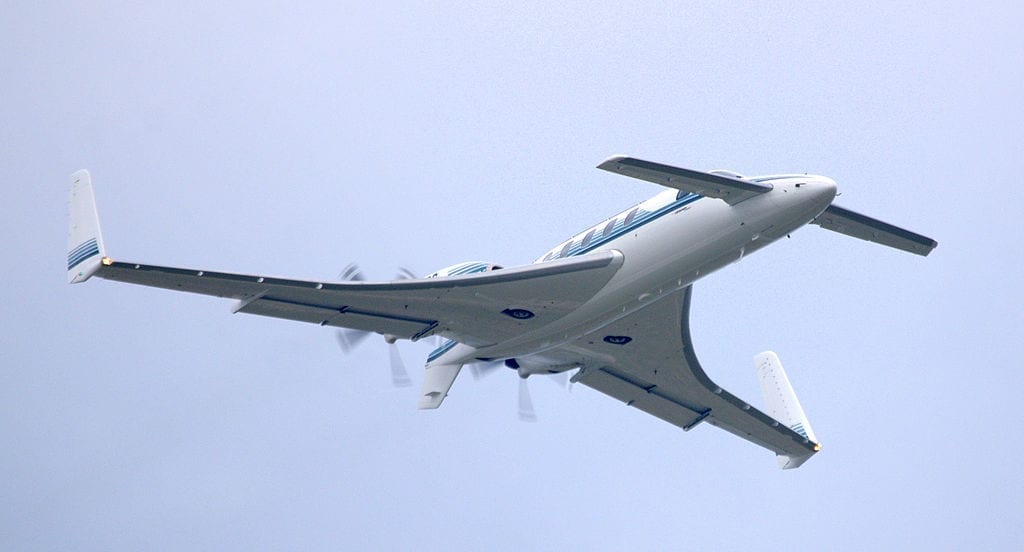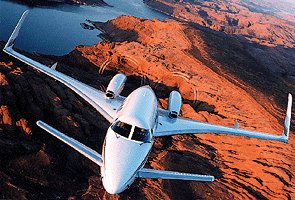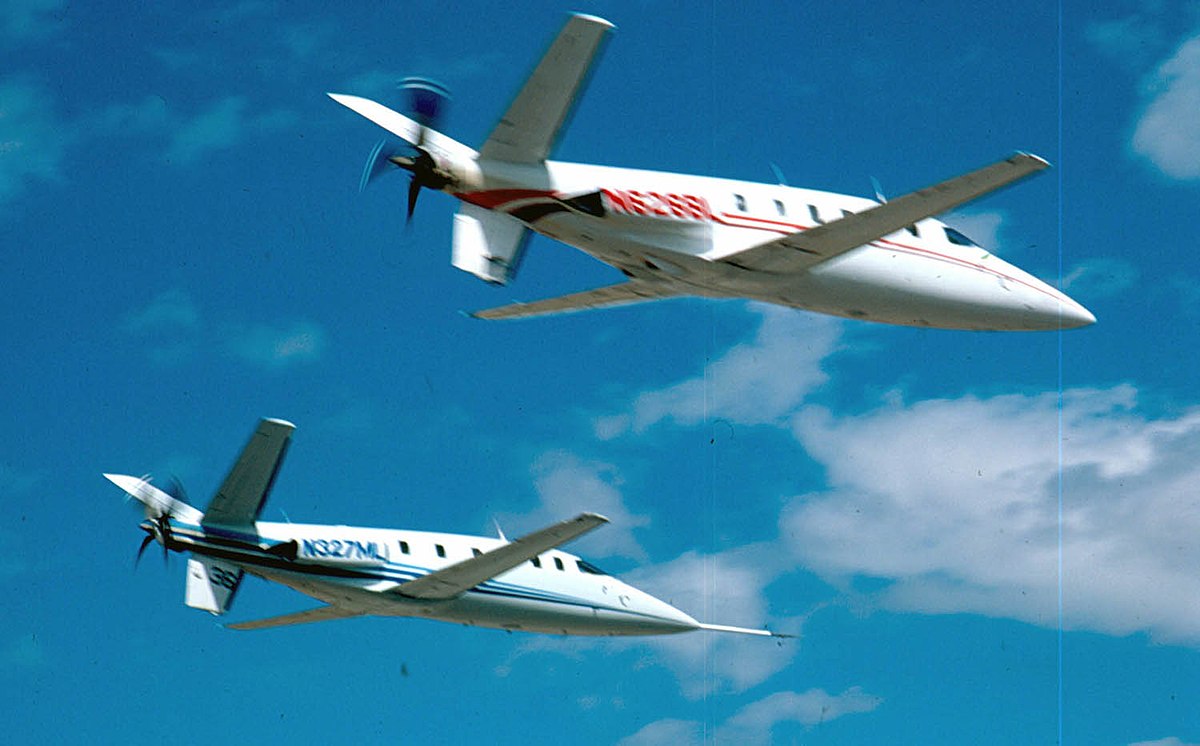Flying wings are probably viable for cargo, bombers, and unmanned aircraft but a challenge for passengers. They're nice because they span-load the mass, reducing structural weight that is required in tube planes, to translate the mass from wingtips to the tube. This leaves more mass available for batteries.
However:
They bounce around a lot in turbulance, and, with most passenger seats being a long way from the windows, the air sickness bags will get a lot of use - on people's 1st and probably last flight onboard.
aviationweek.com



